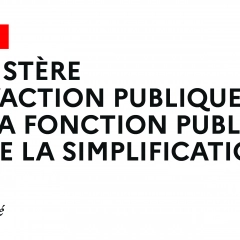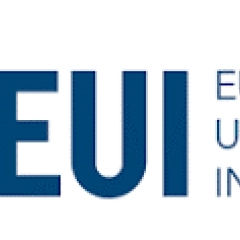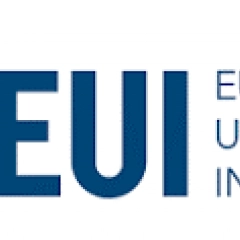Learning corner
Regulatory Impact Assessments
This course provides an introduction to Regulatory Impact Assessments (RIAs), covering their uses, methods, and functioning. It offers an overview of the current state of the art in RIA theory and practice, drawing on the approach followed by the European Commission.
The course enhances participants’ ability to design, manage and communicate the results of ex ante Impact Assessments (IAs). It provides answers to the following questions:
- How can an Impact Assessment (IA) system be developed
- How can an IA system be optimised?
- How can you assess the effectiveness and efficiency of policy proposals?
- How can you ensure high-quality ex ante Impact Assessments?
- How can you use an Impact Assessment as a supporting tool for decision-making?
The course starts with an introduction into the basic principles, standards and elements of Better Regulation(BR).
The following sessions focus on building participants’ knowledge and skills in the main methods employed in IAs, such as cost-benefit analysis. Valuable insights into good practices are provided through lessons learned from the implementation of the BR Guidelines and Toolbox in the European Commission, as well as from other actors like the OECD and individual countries. Additionally, the course explains how IAs can influence the EU lawmaking process. These concepts are explored through theory, examples, and practical exercises, fostering an interactive learning experience.
You will learn:
- How to manage an ex ante Impact Assessment of a legal act from concept to submission, and how to consult and engage with stakeholders for the purpose of the IA;
- The analytical steps of an IA (defining the problem, setting objectives, developing policy options, measuring impacts, selecting a preferred policy option, monitoring and evaluation);
- The state-of-the-art methodologies and tools to assess the impacts;
- How to adjust your expectations and choose the right shortcuts when selecting the best possible methodological approach (e.g. qualitative vs quantitative);
- How the European Commission system ensures transparency and quality of the IA work (stakeholder consultation, Regulatory Scrutiny Board);
- Why IA has become a key tool for the development of EU policy and how it is applied in practice;
- The enablers and barriers for setting up an IA system: how an effective IA system can be developed in national administrations; best practices to learn from; pitfalls to avoid;






